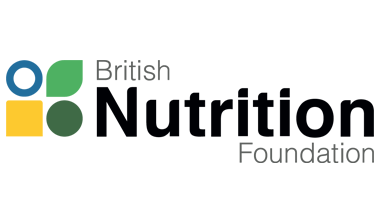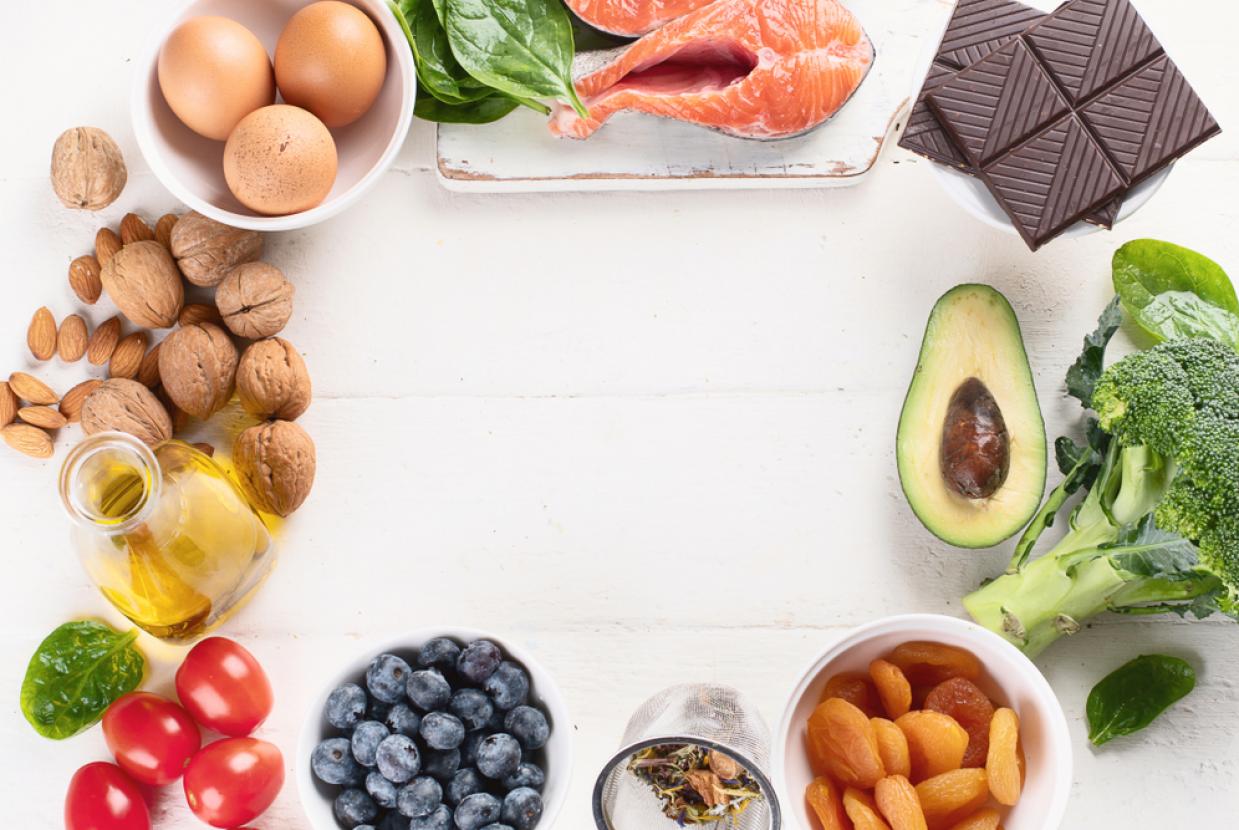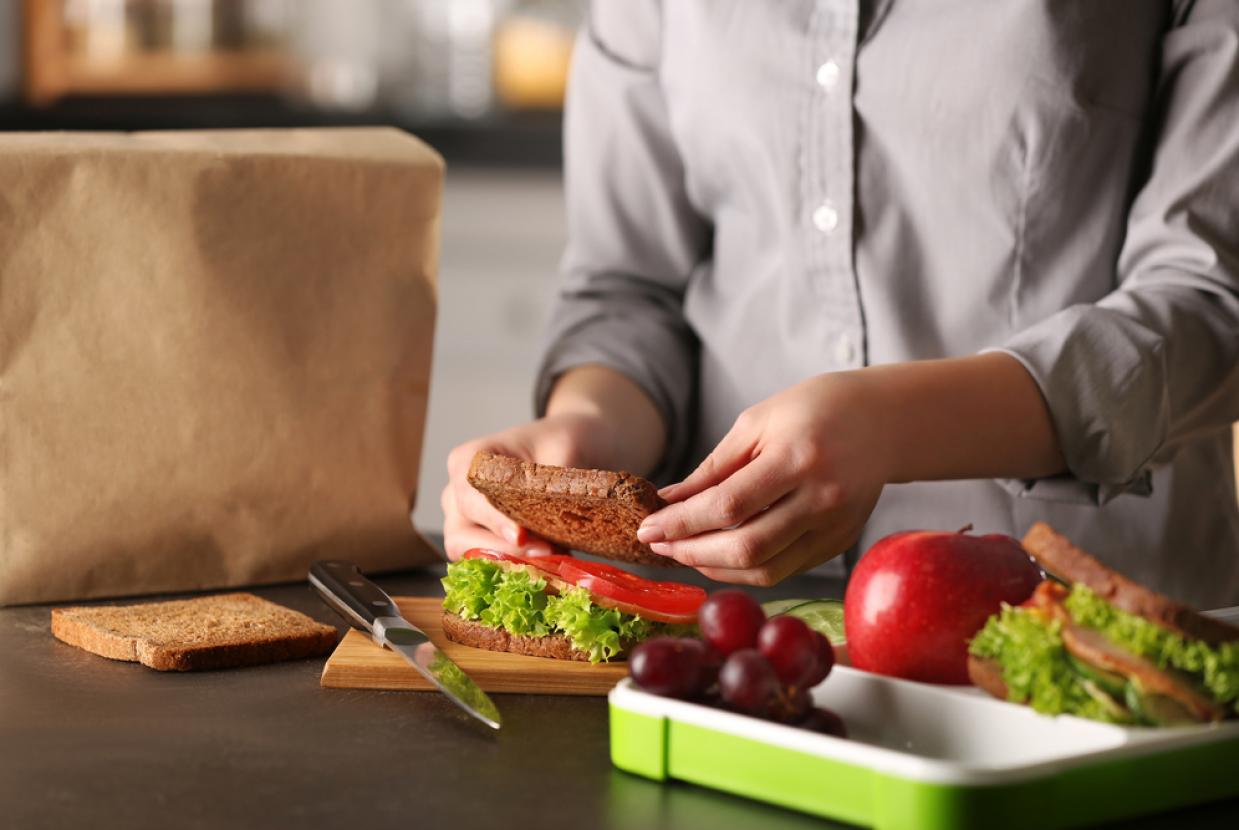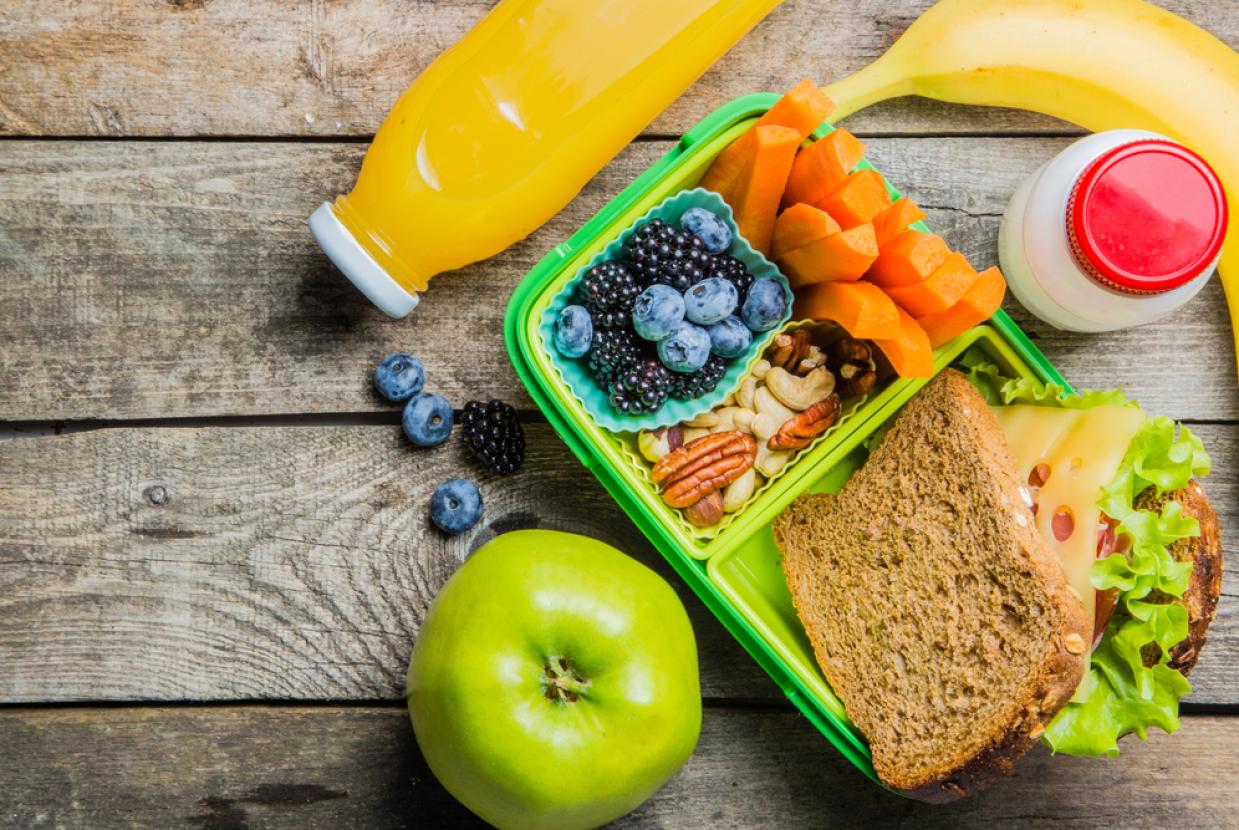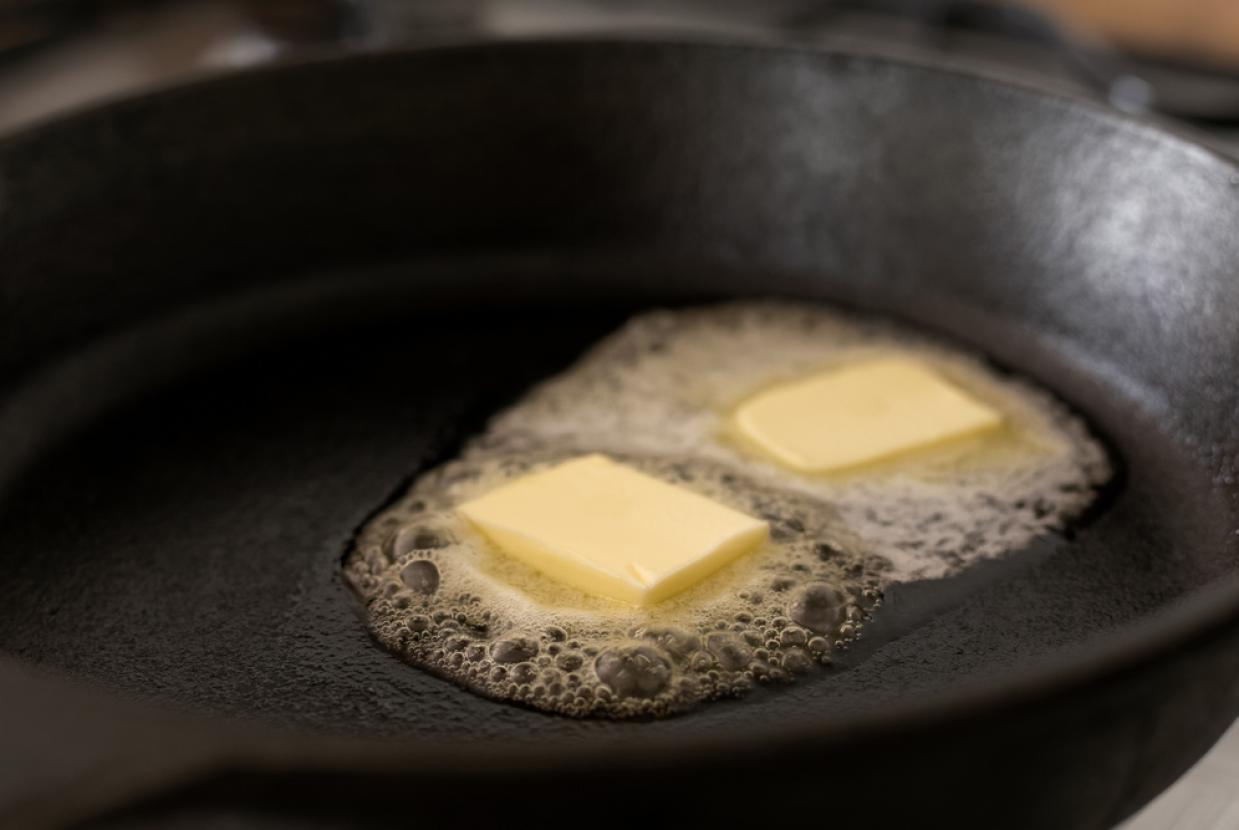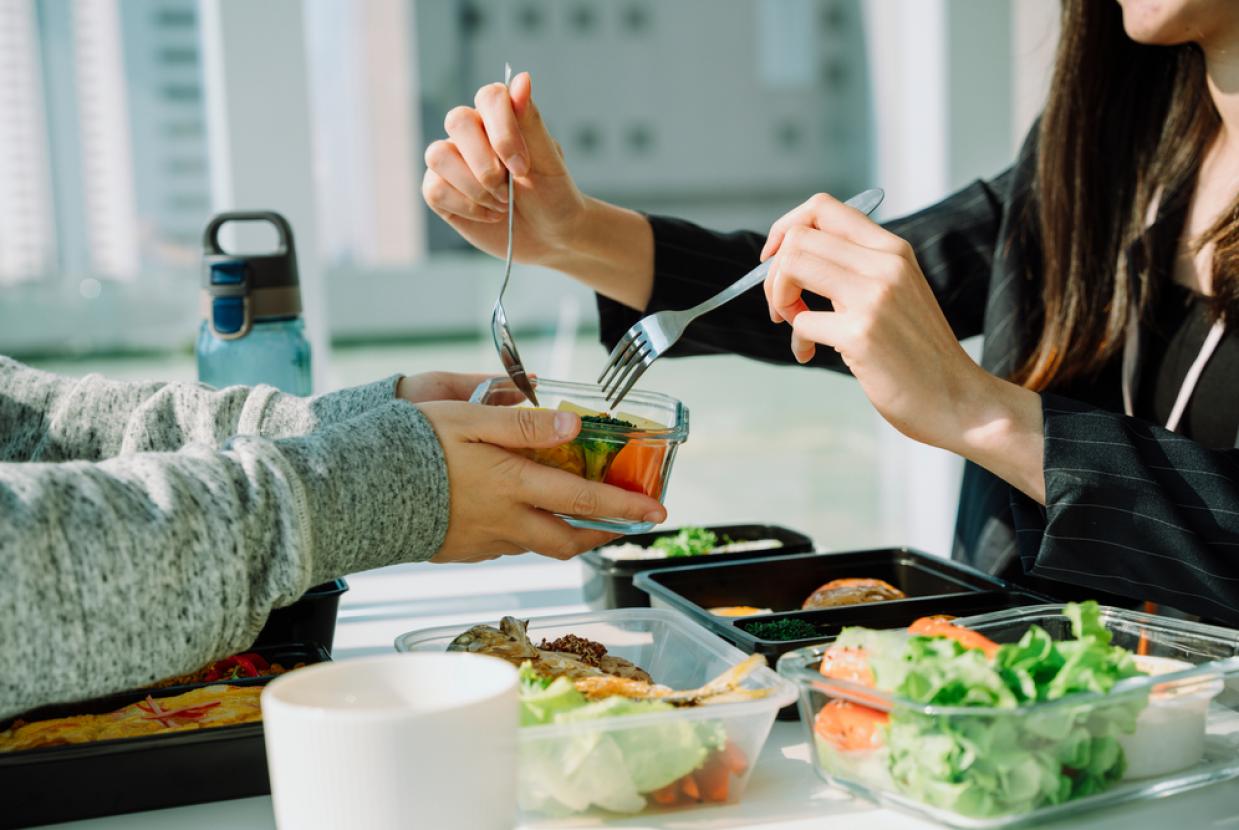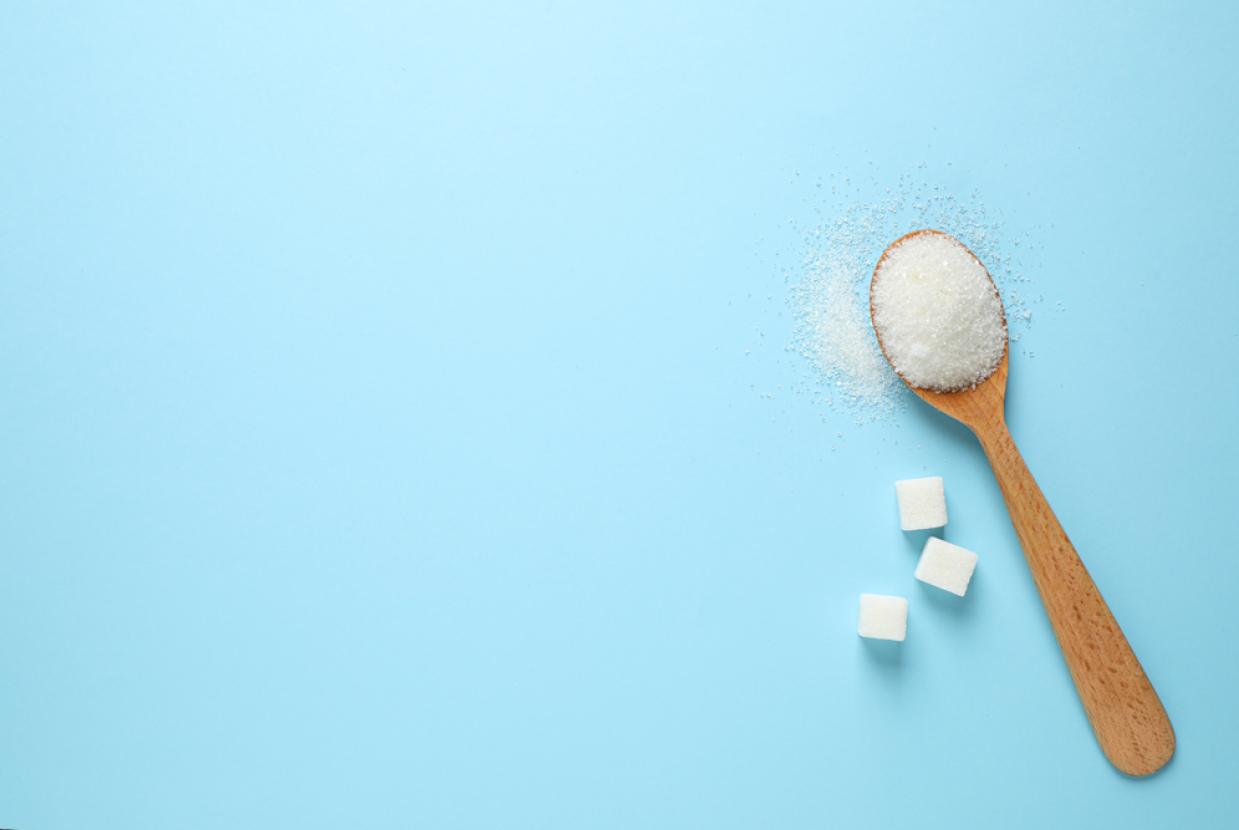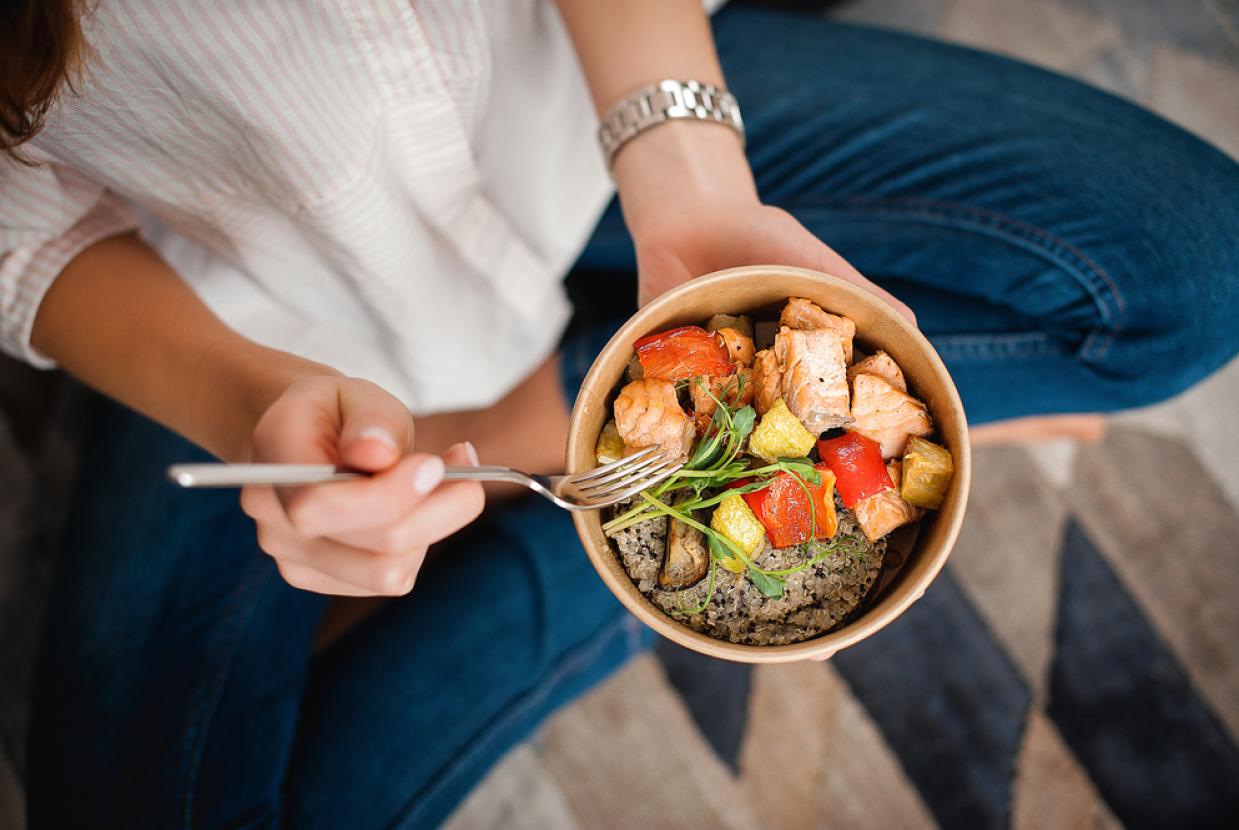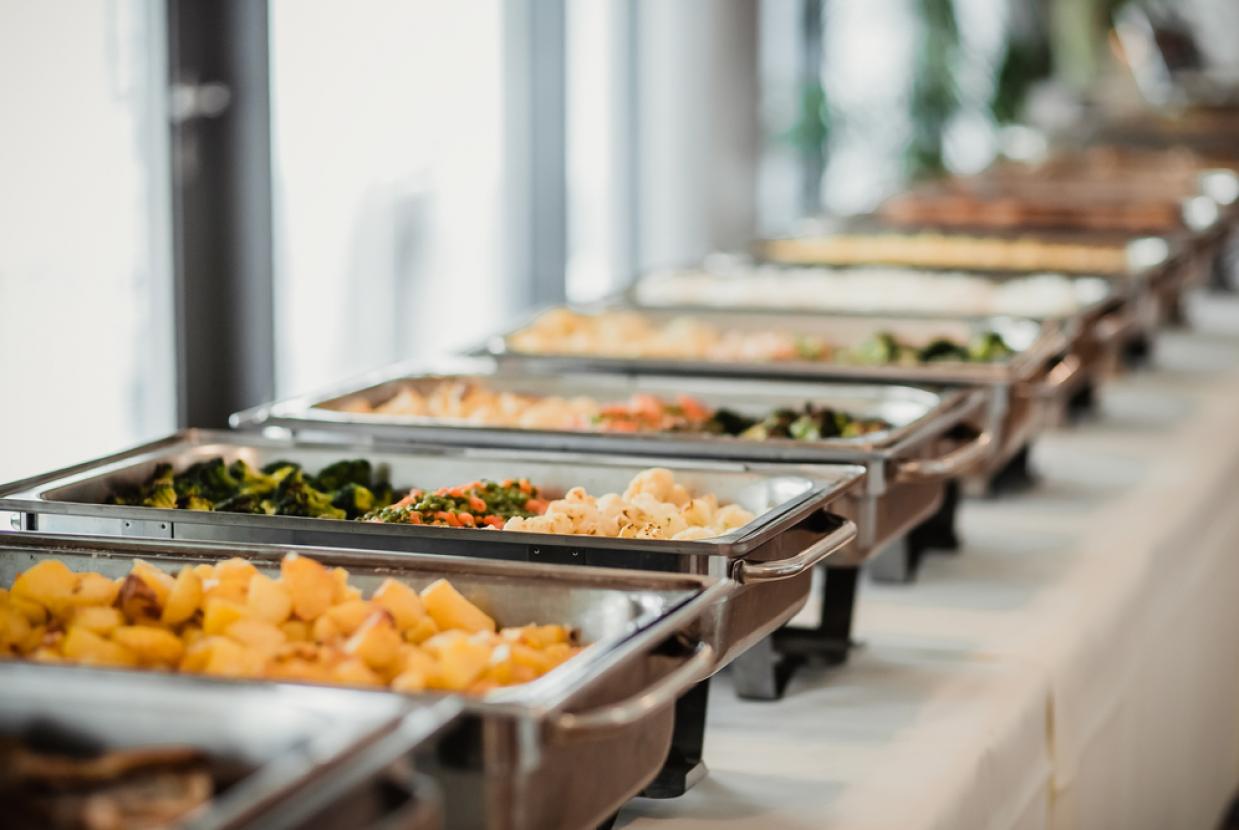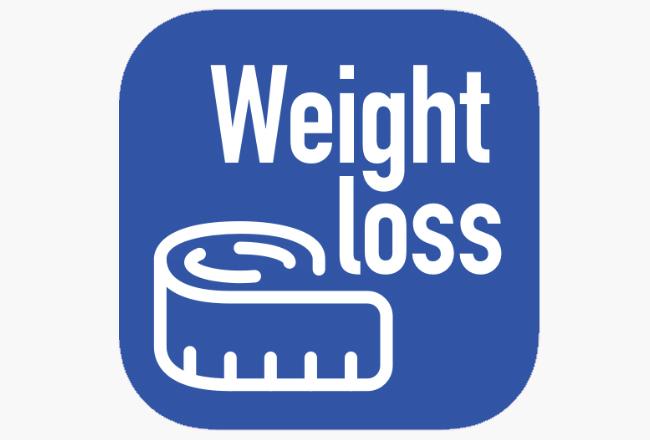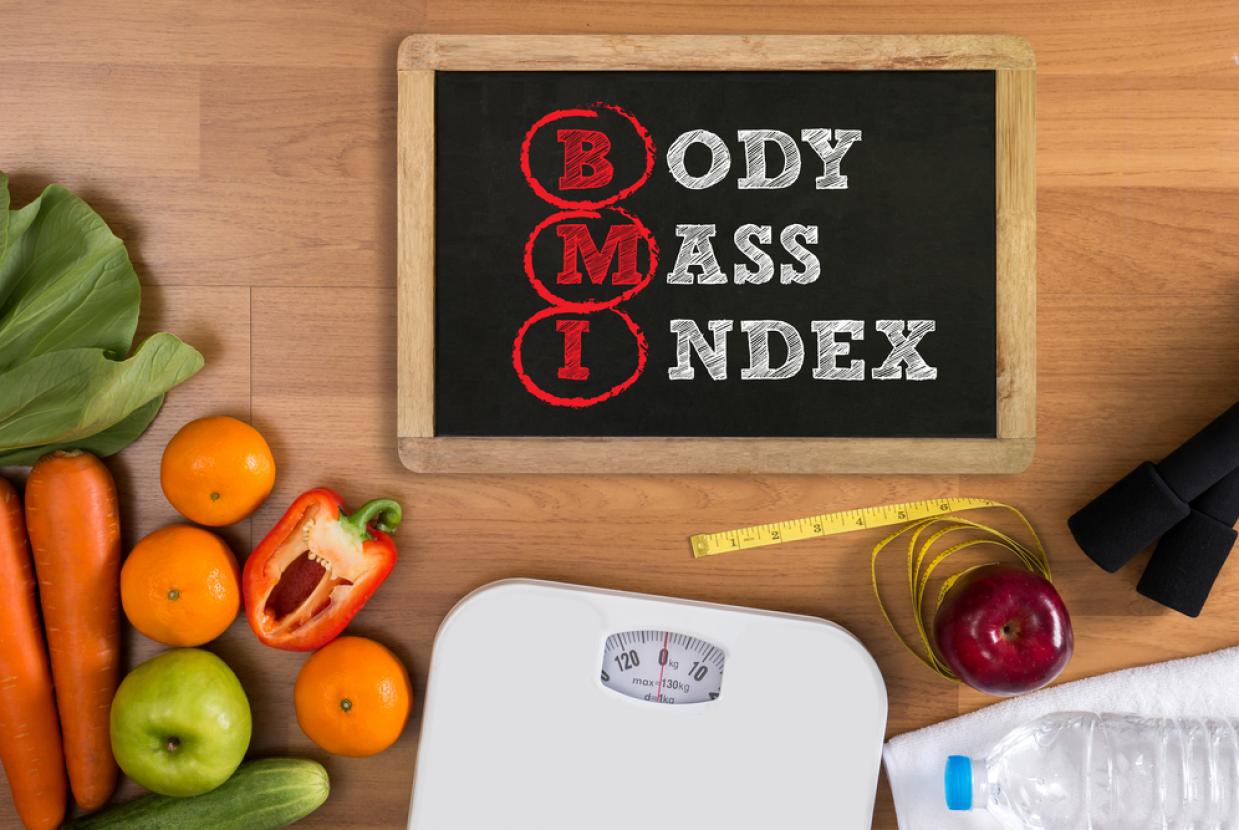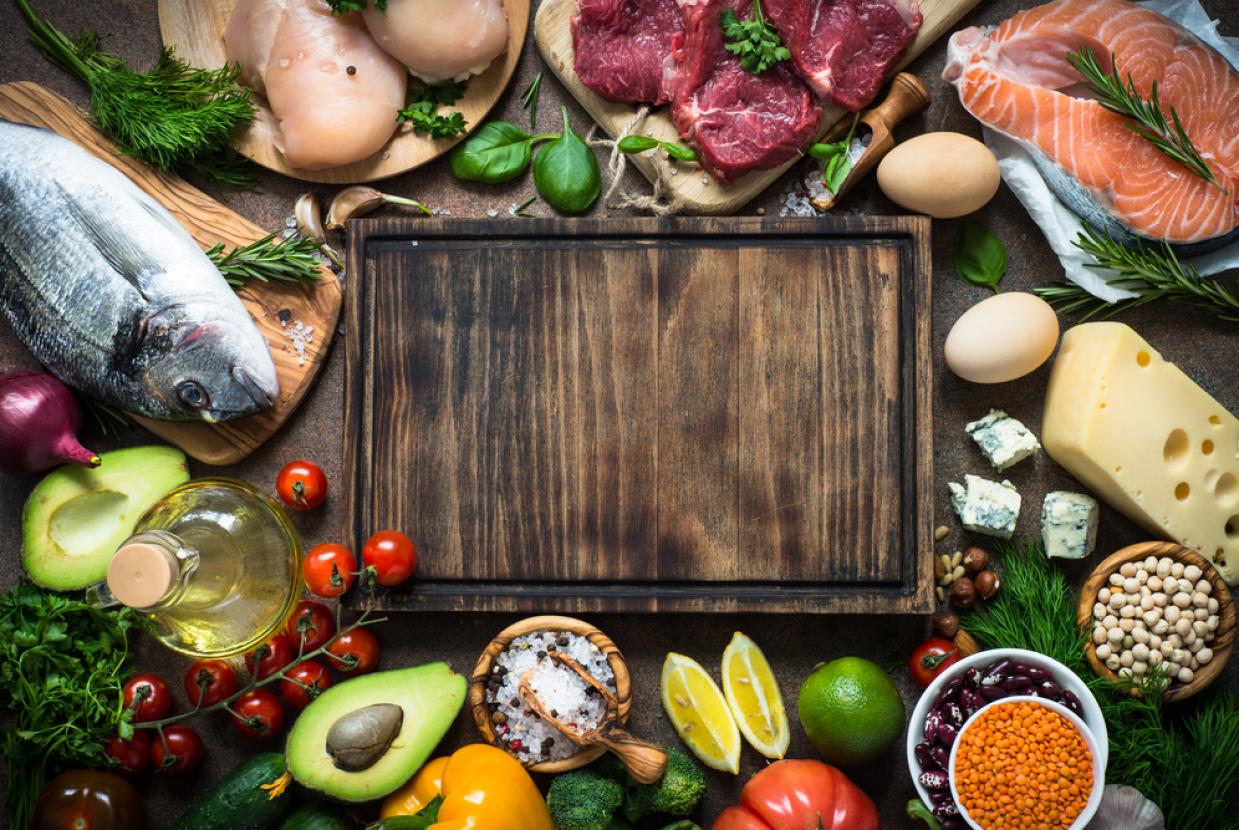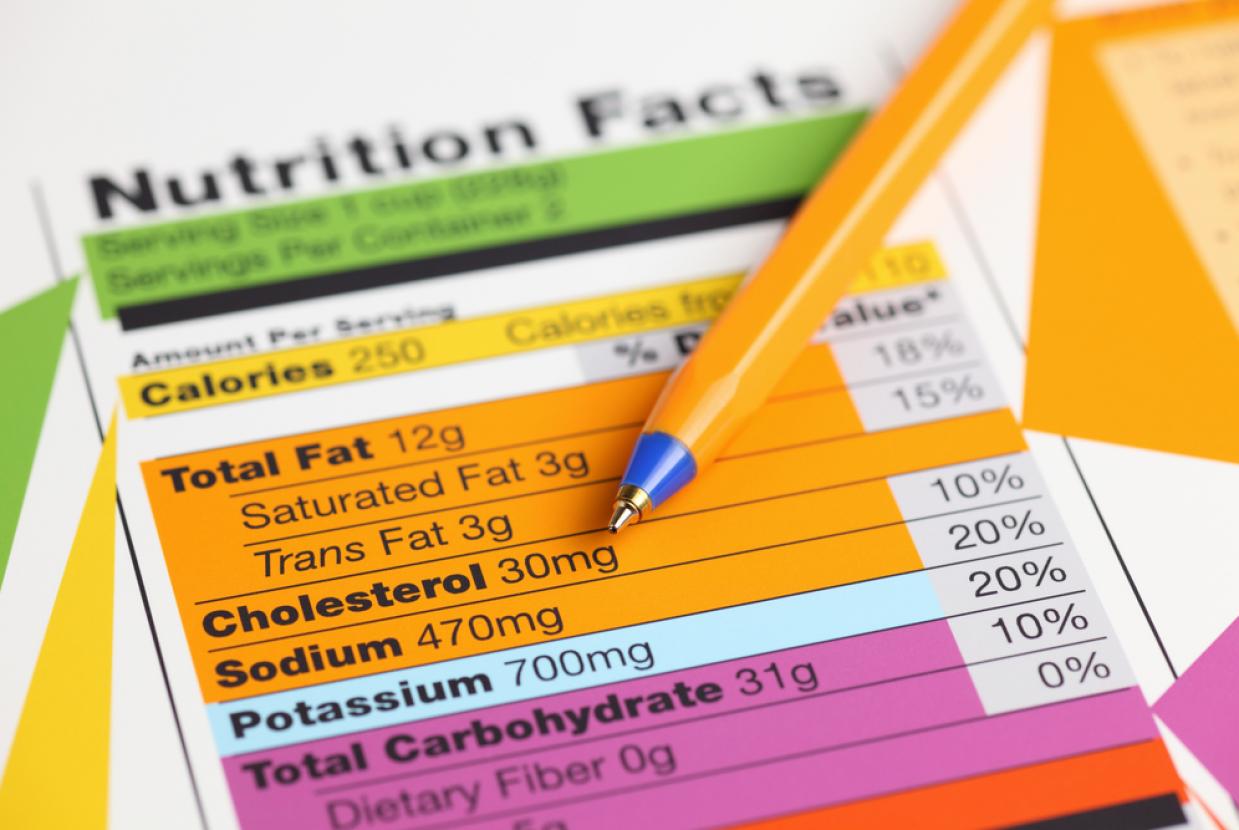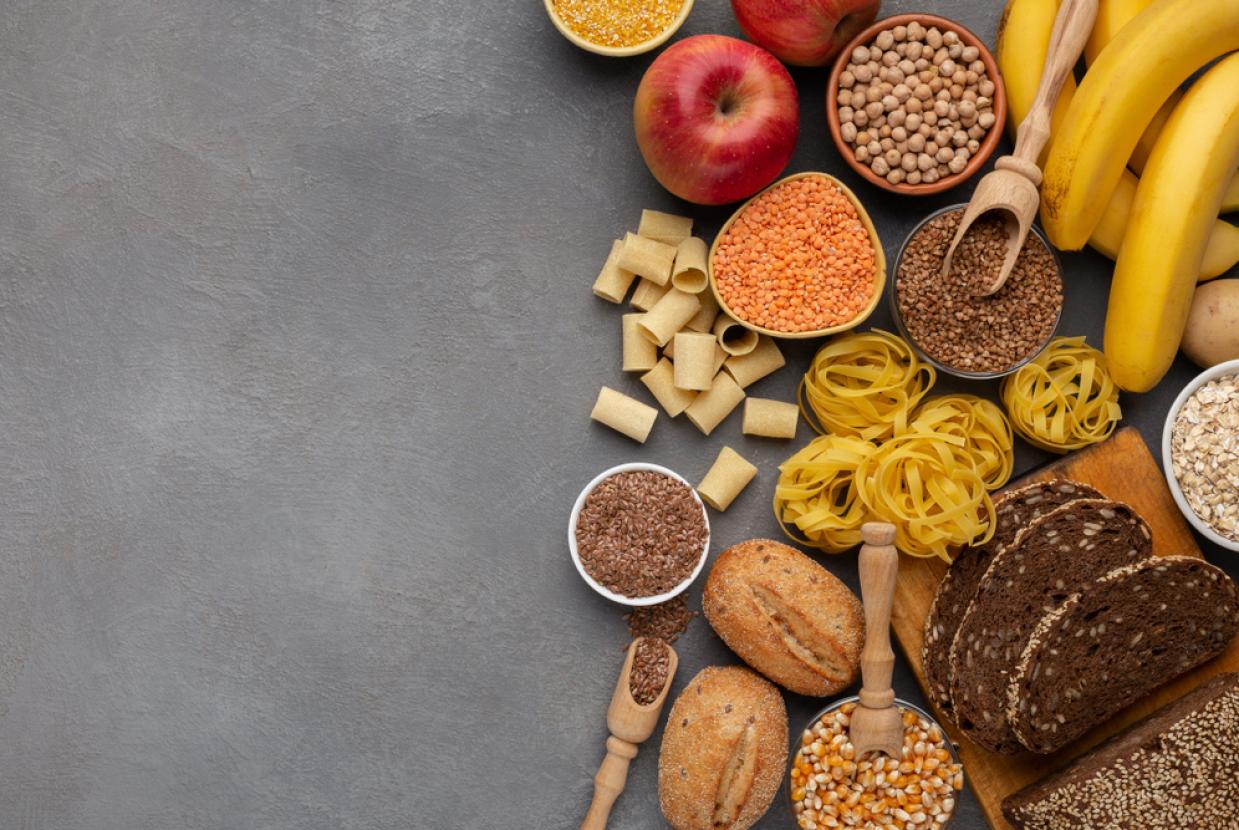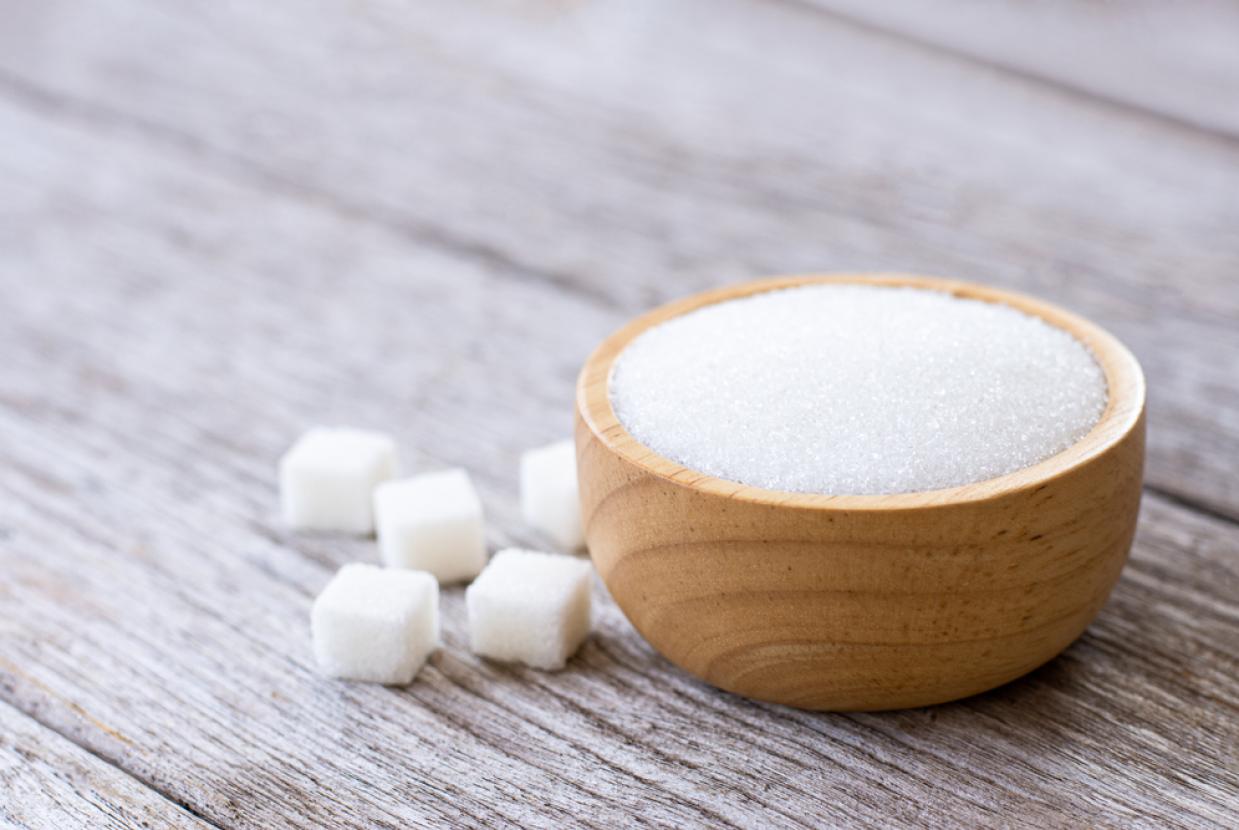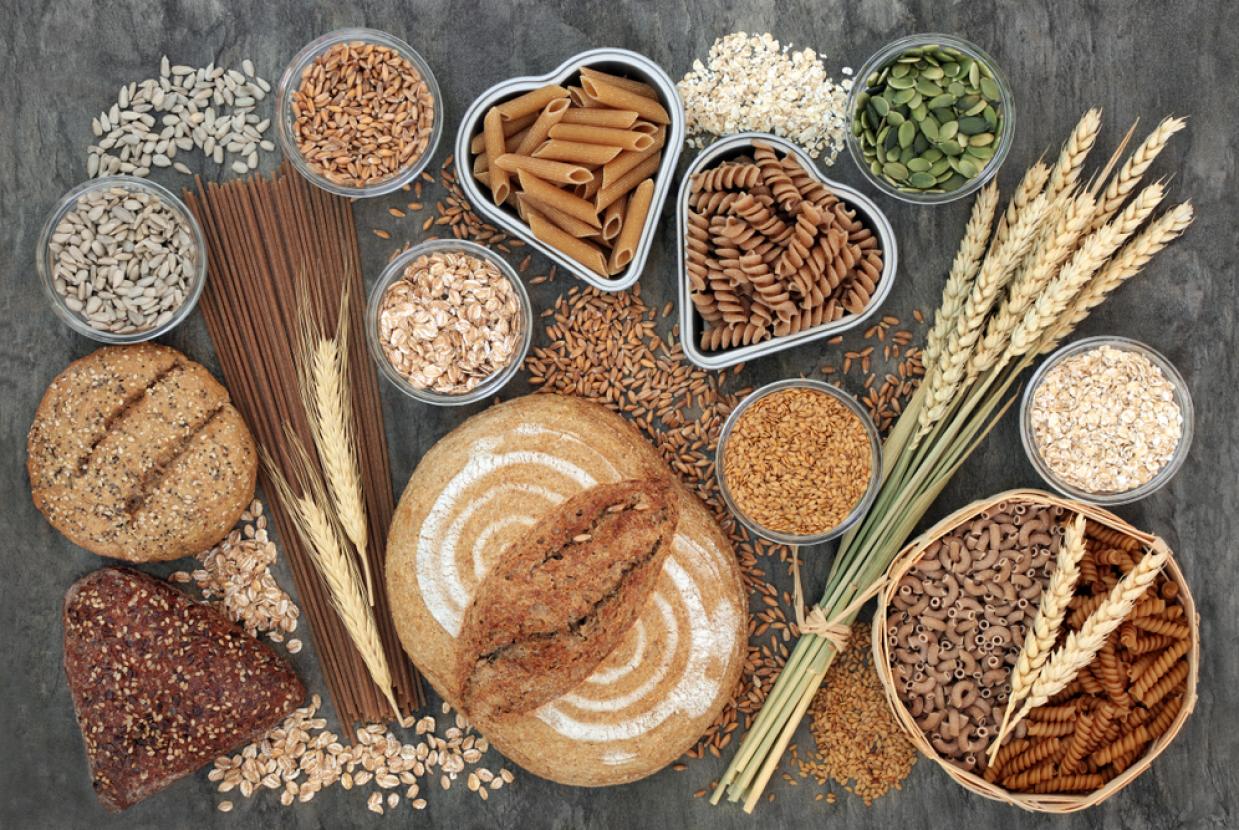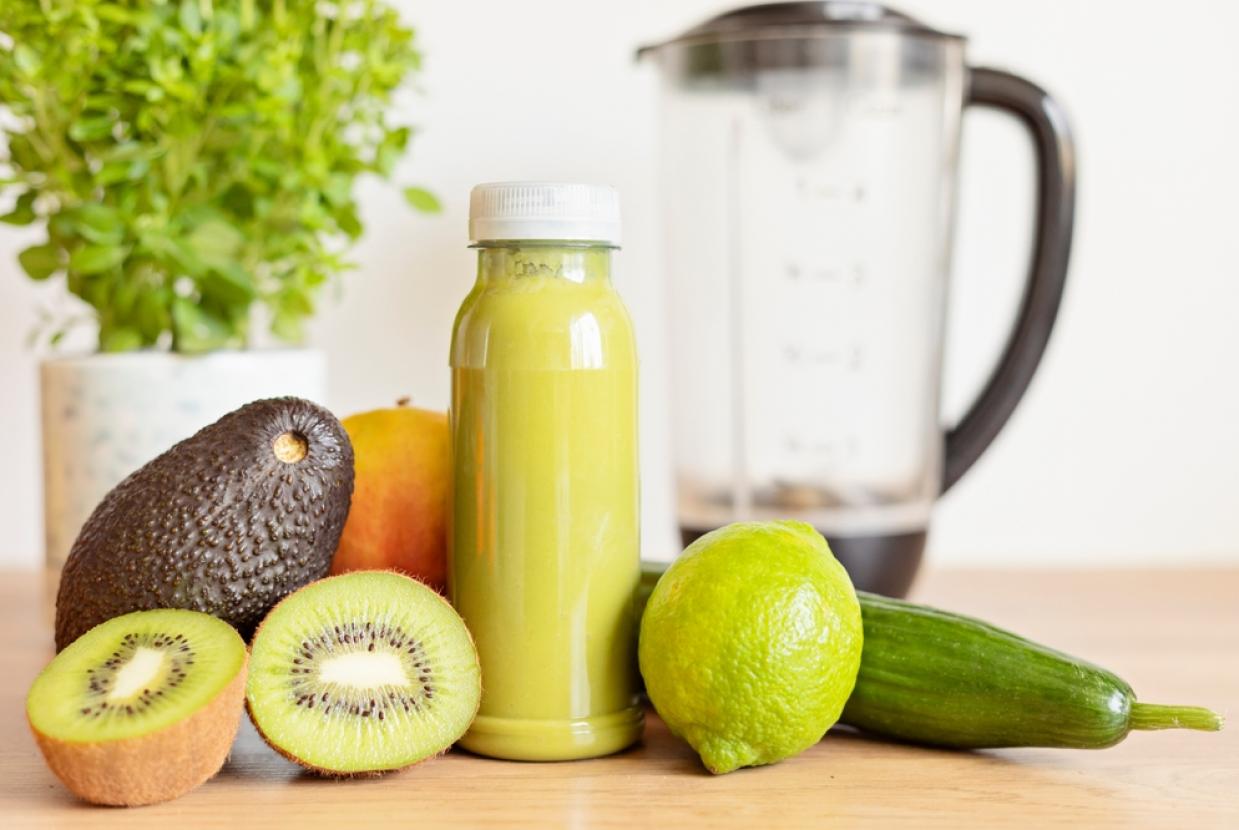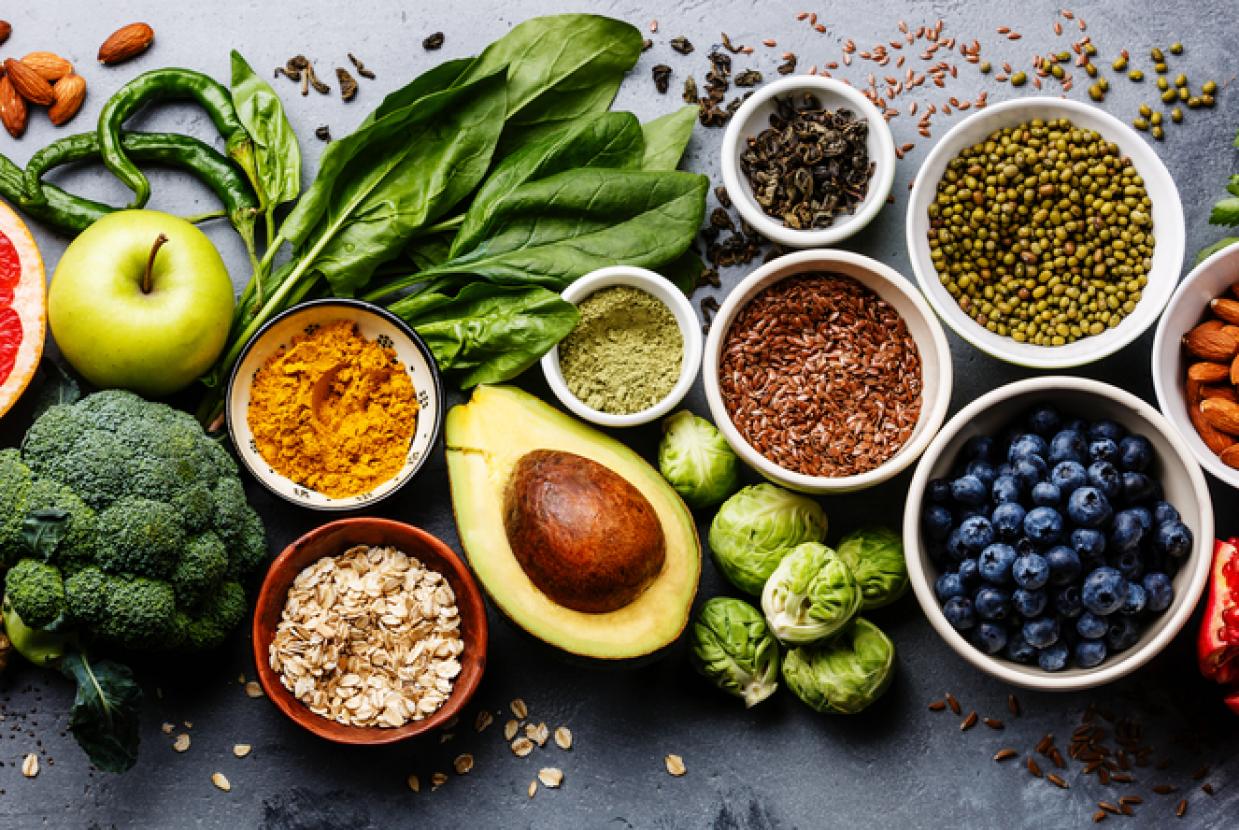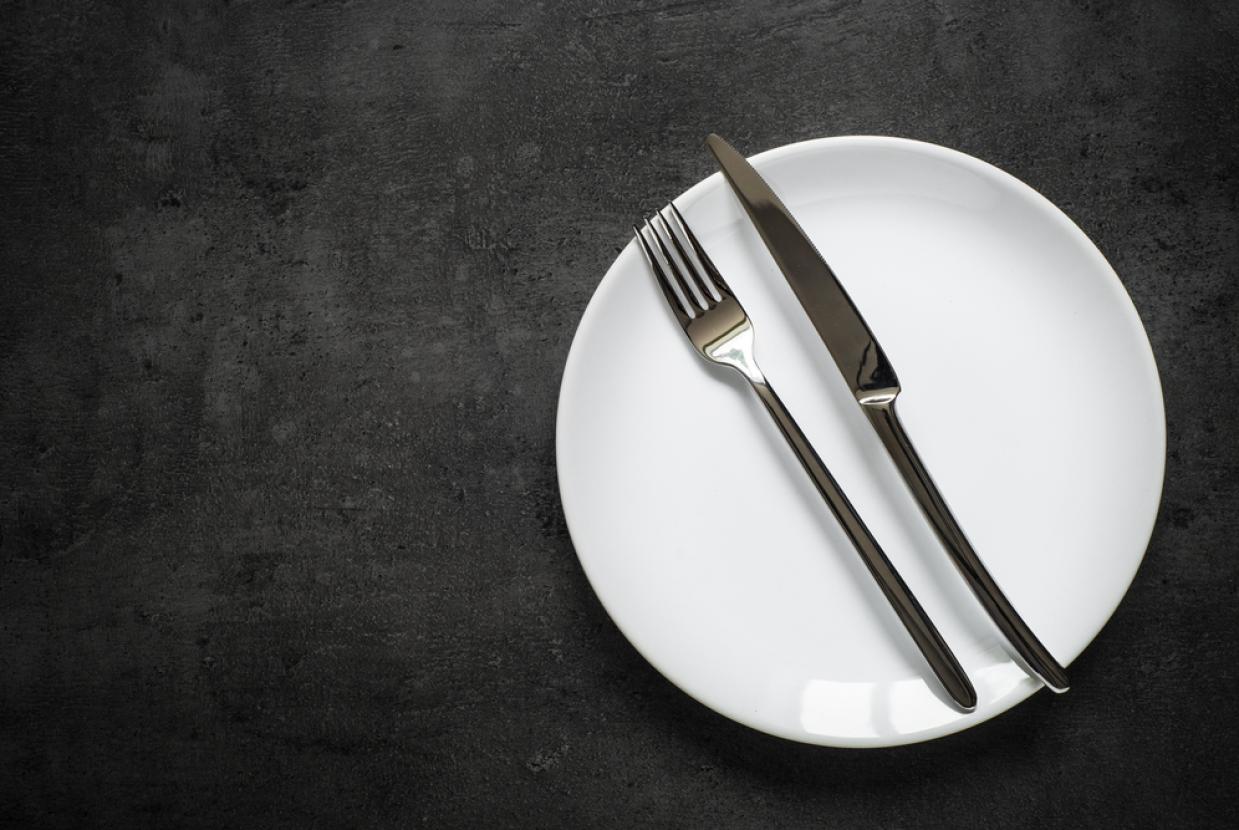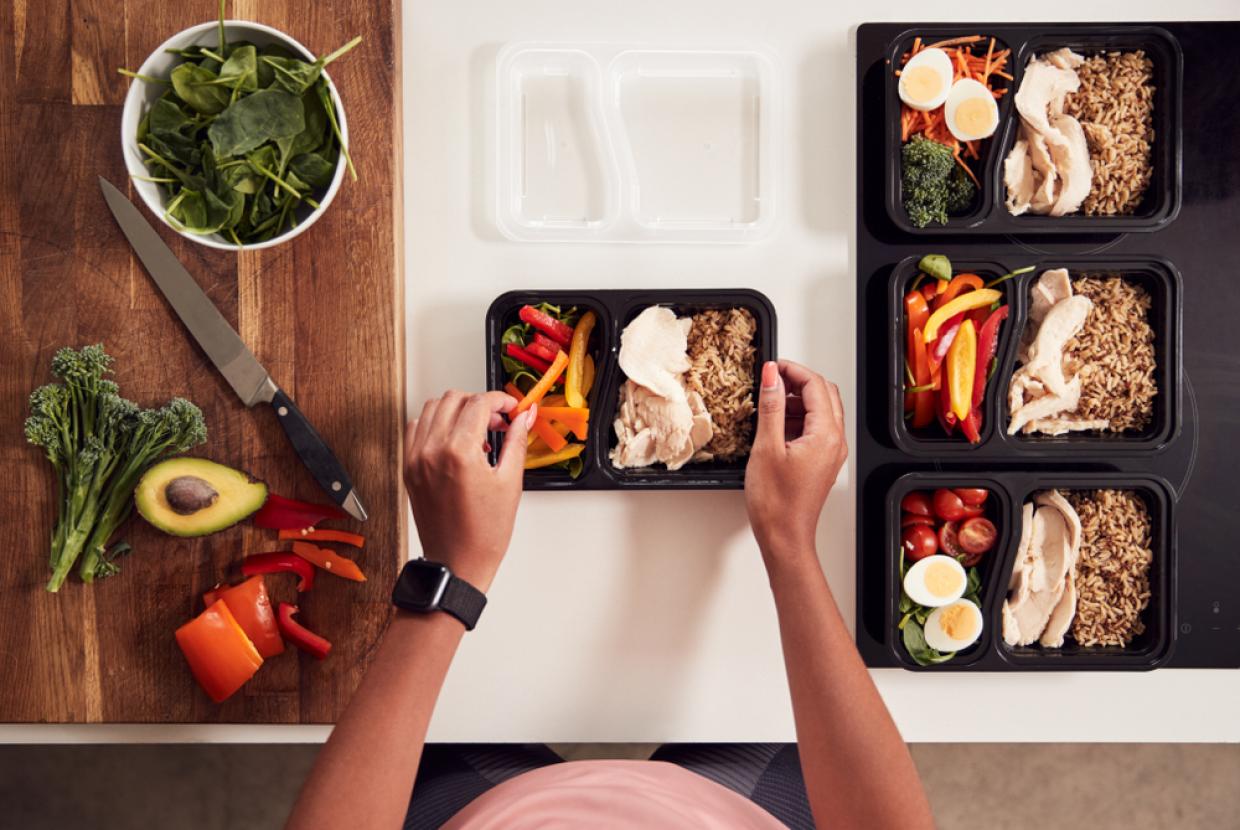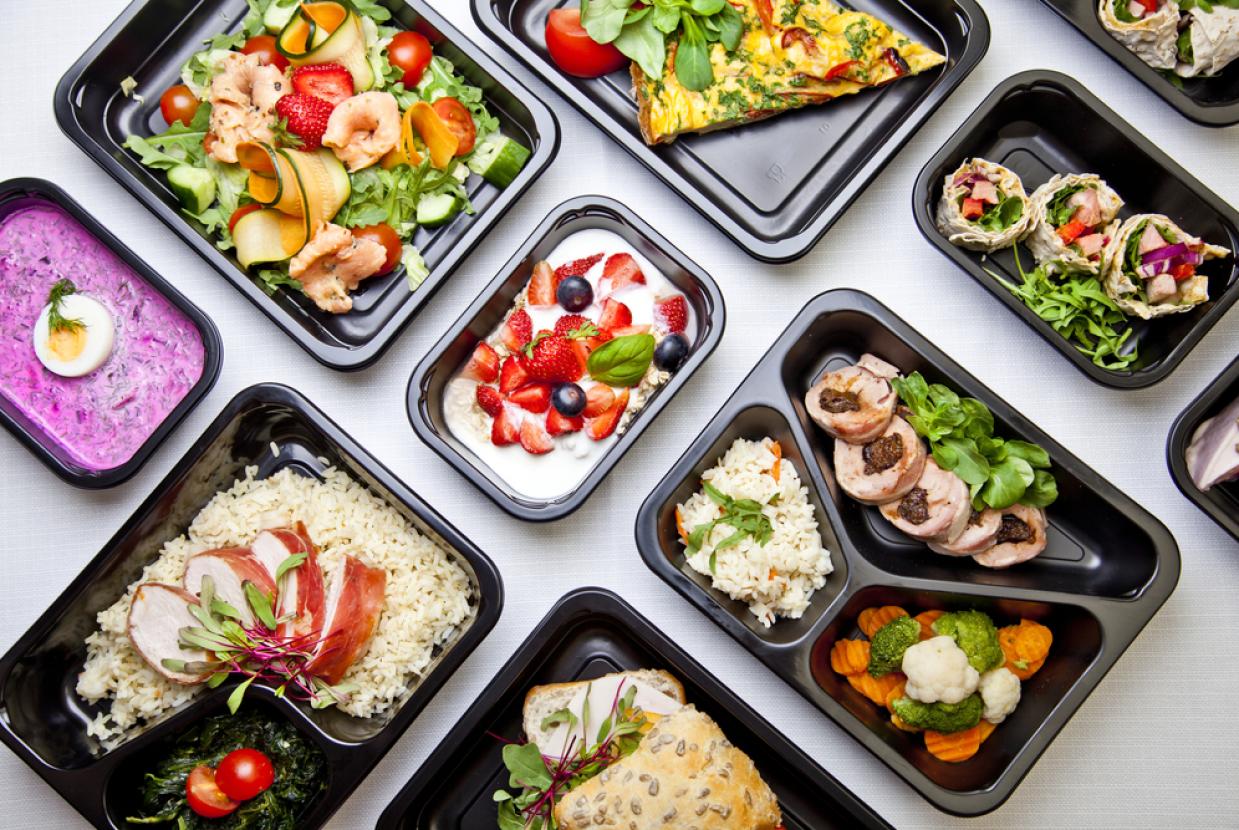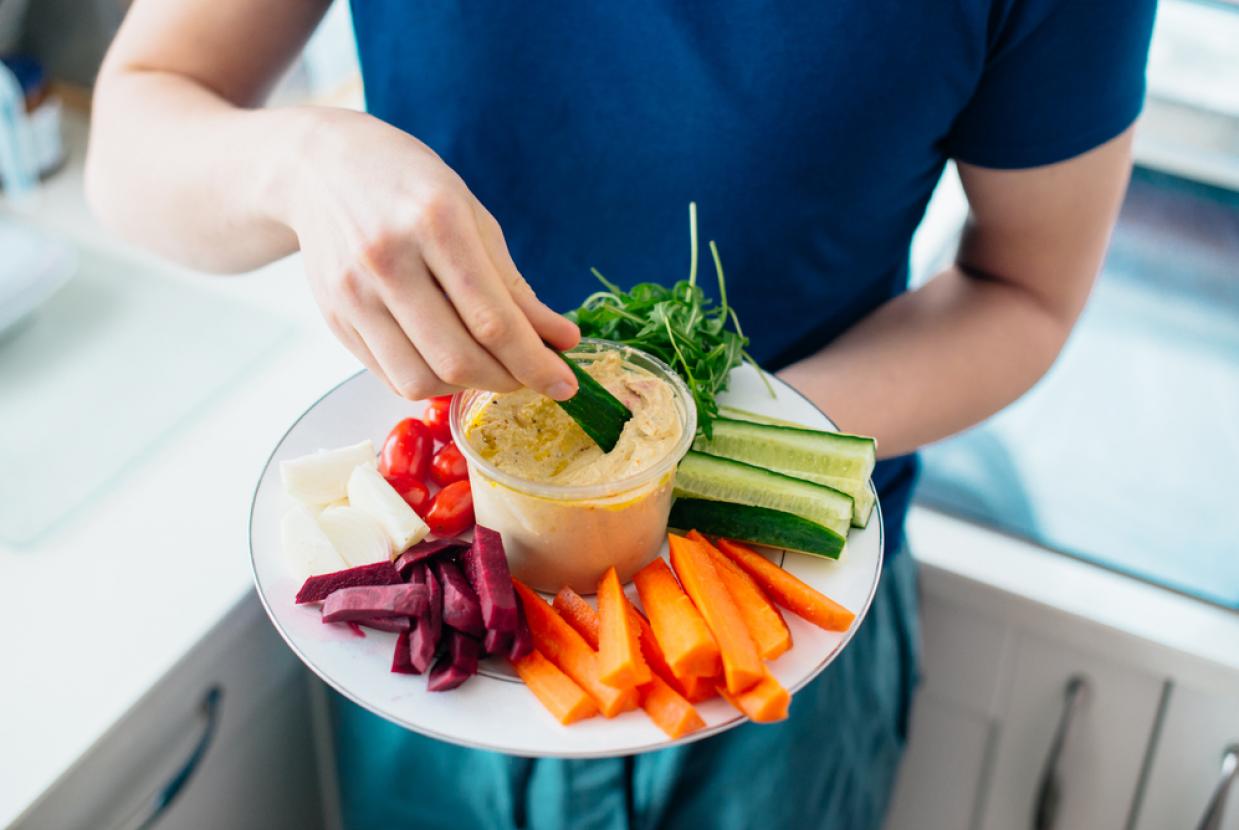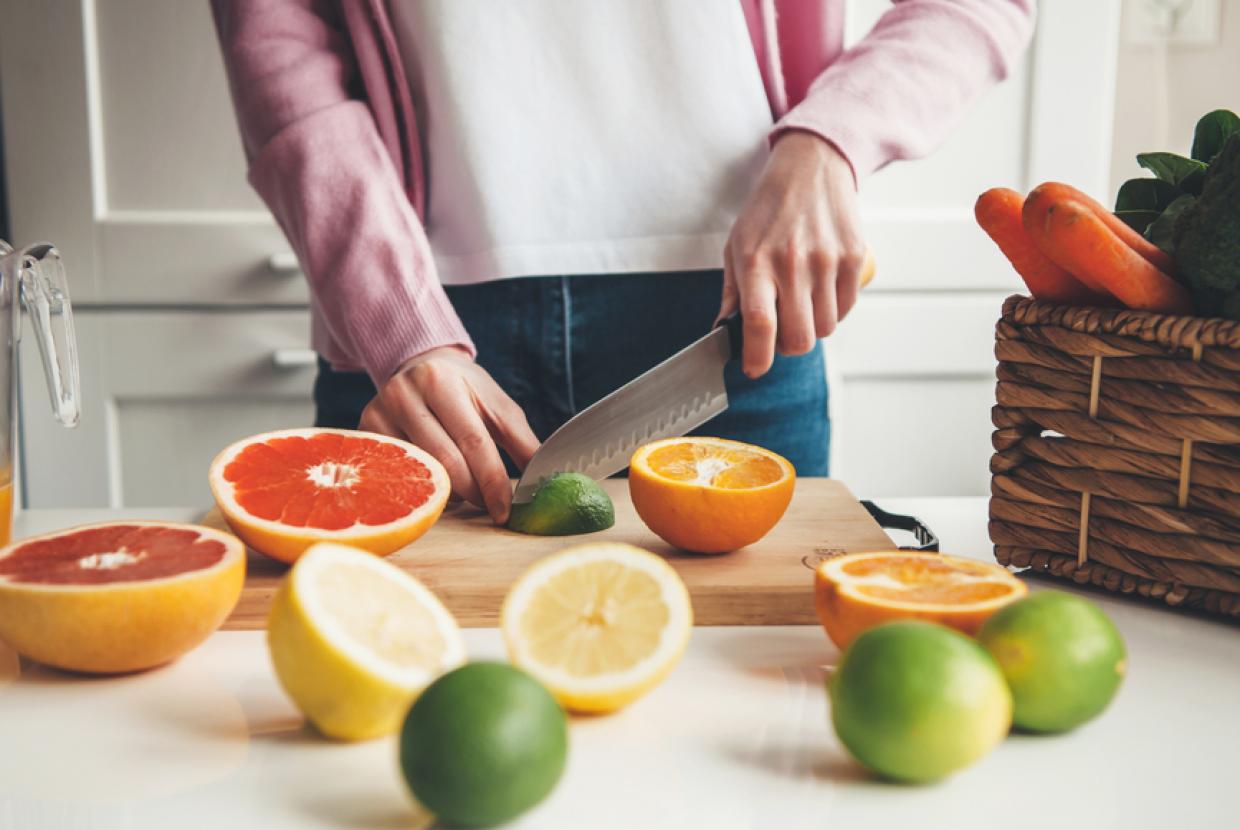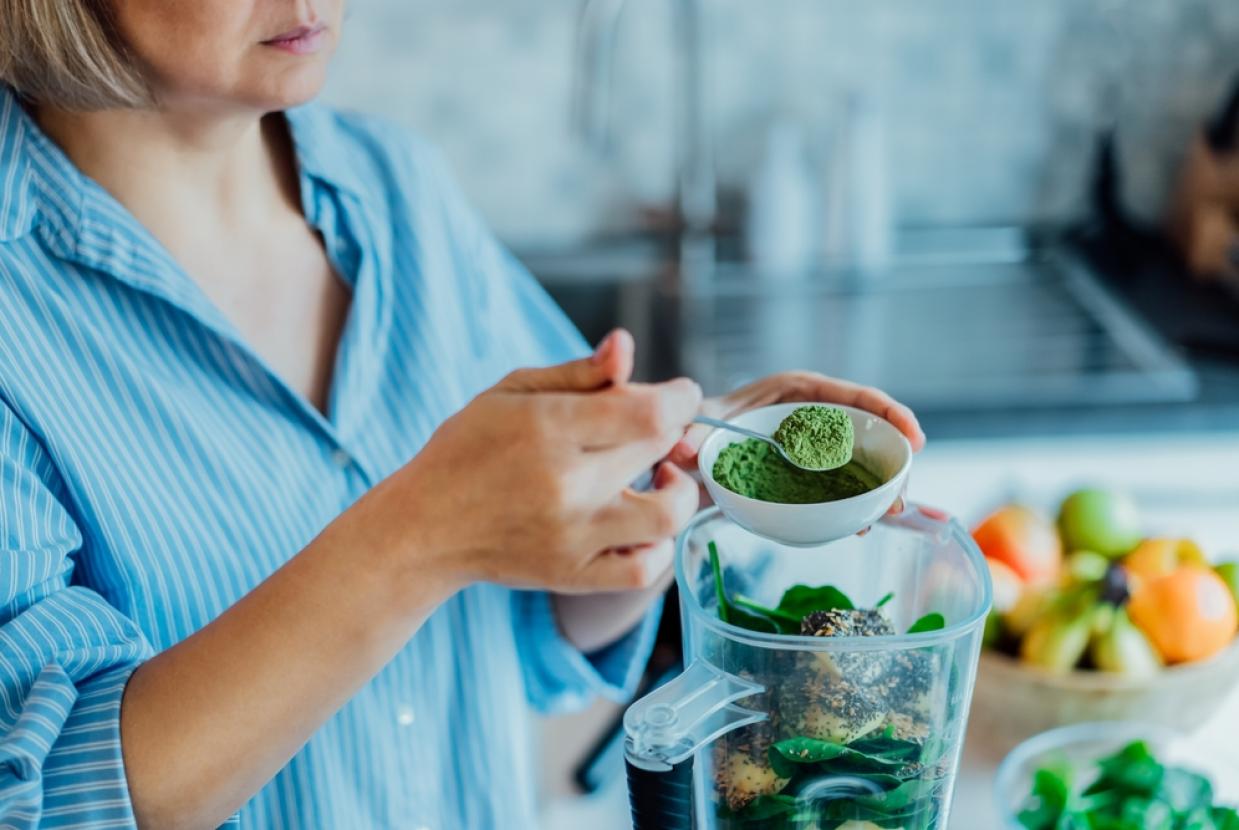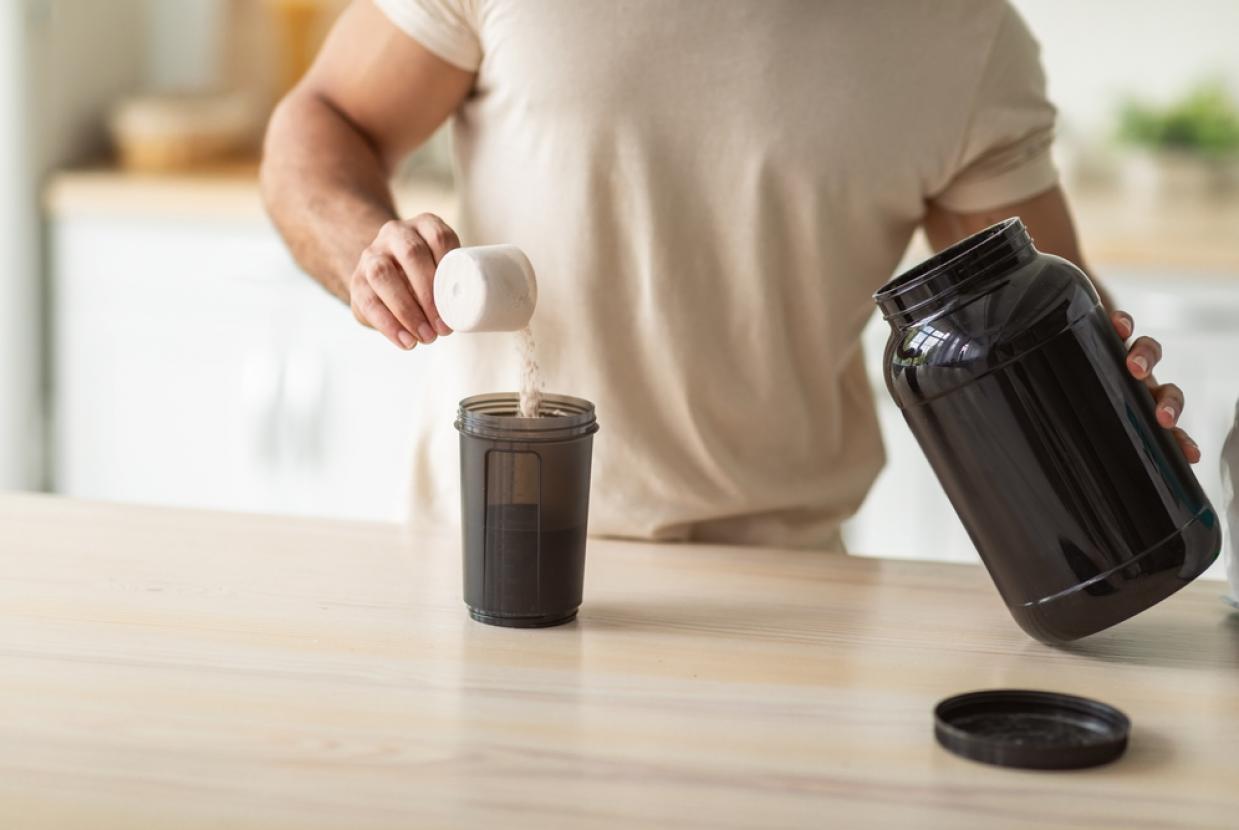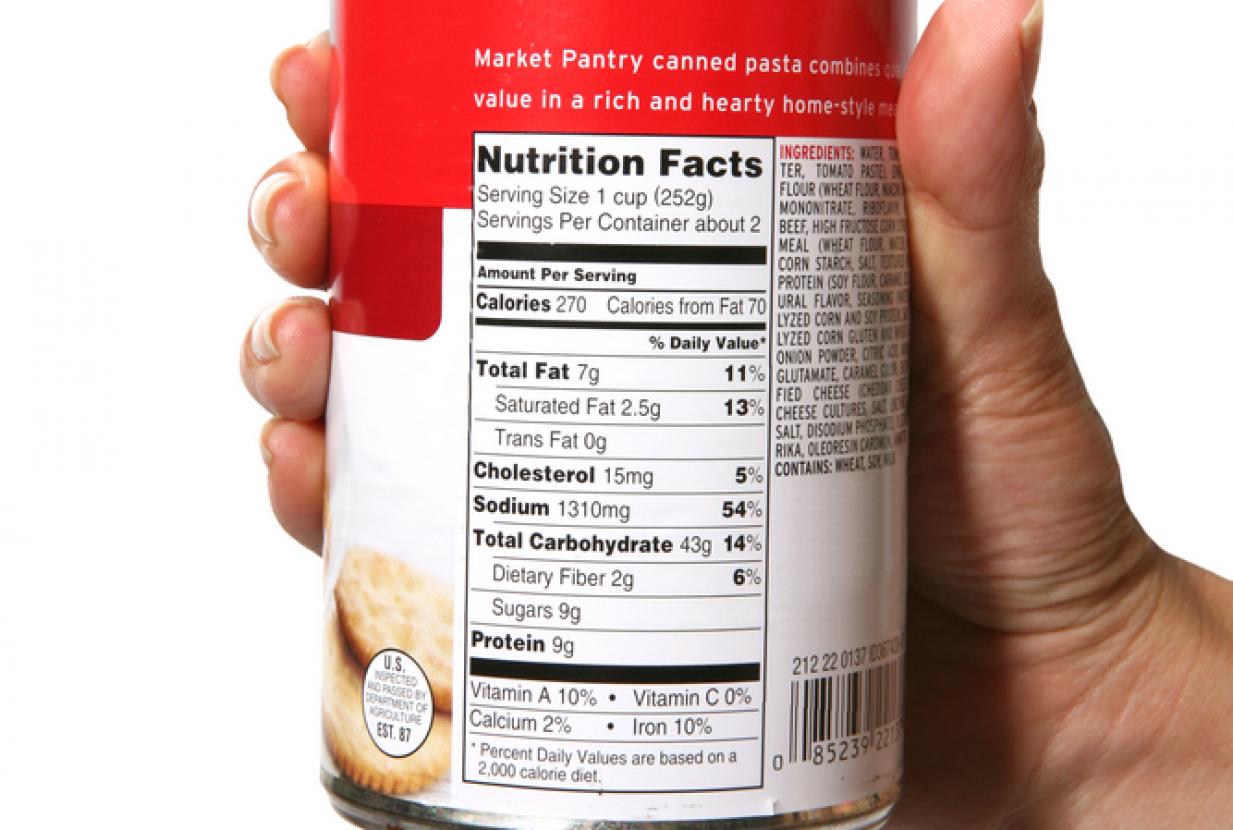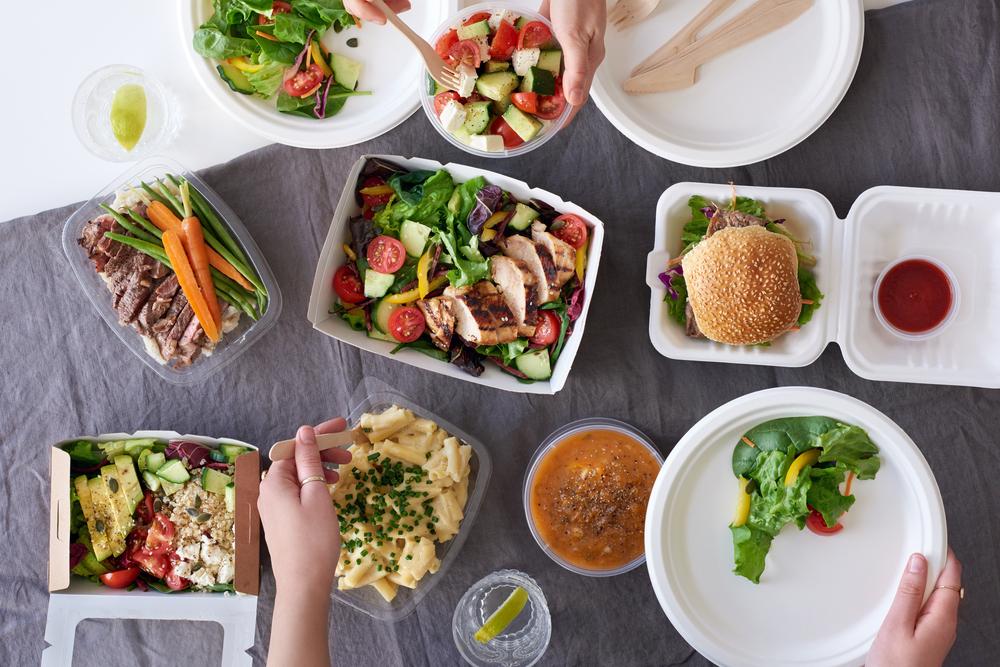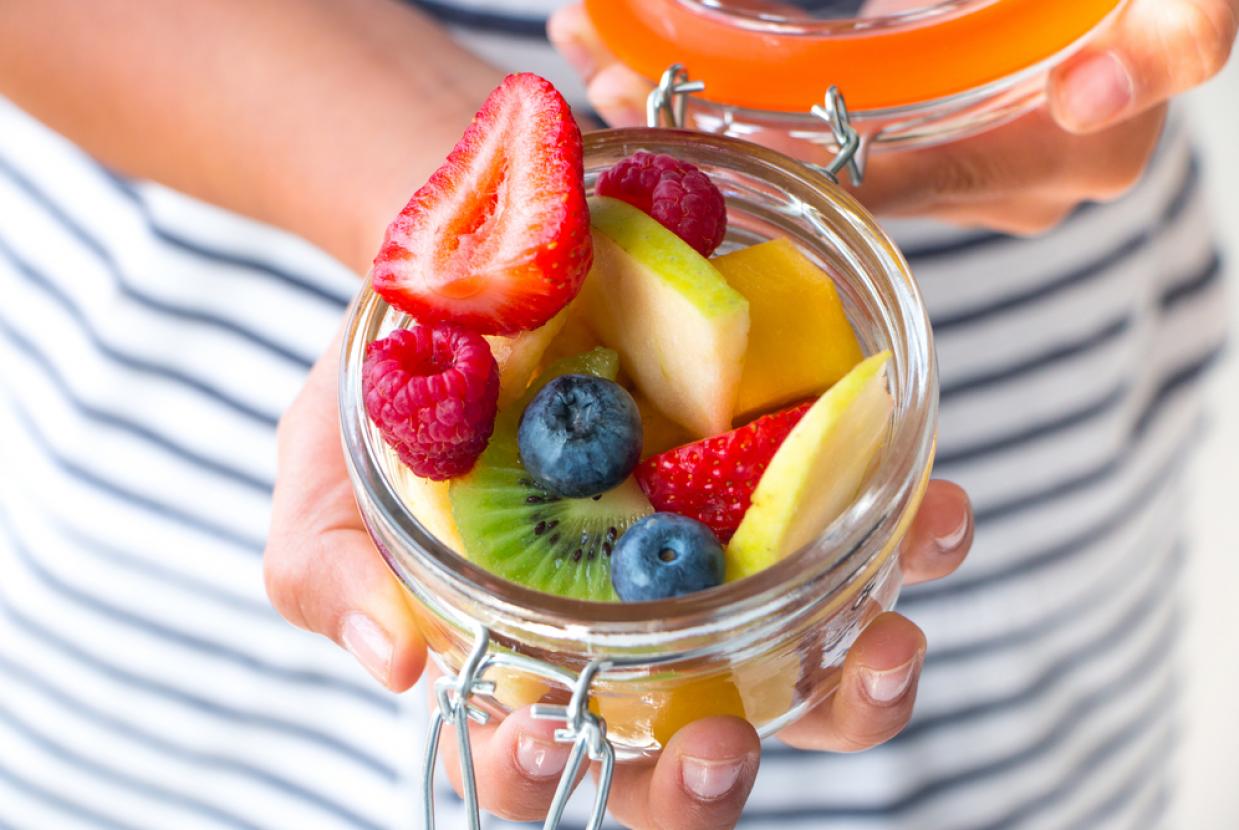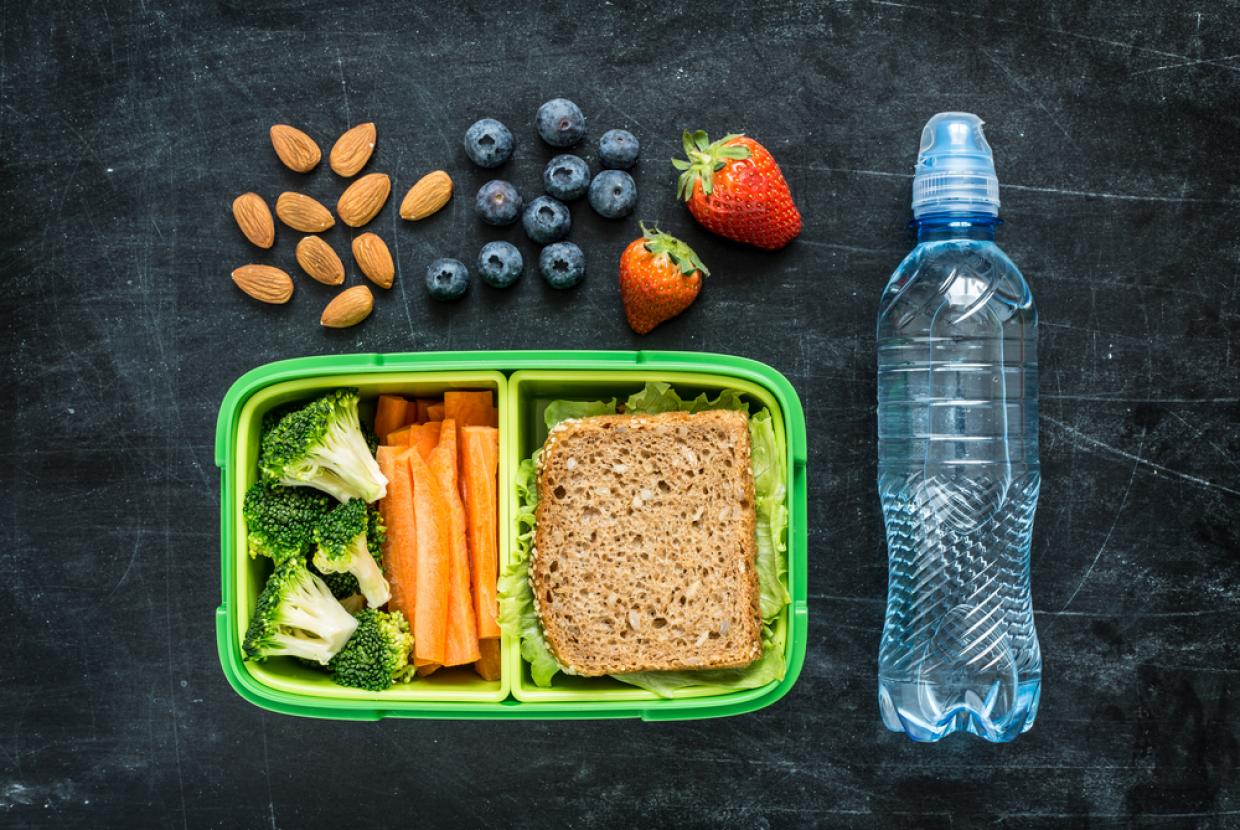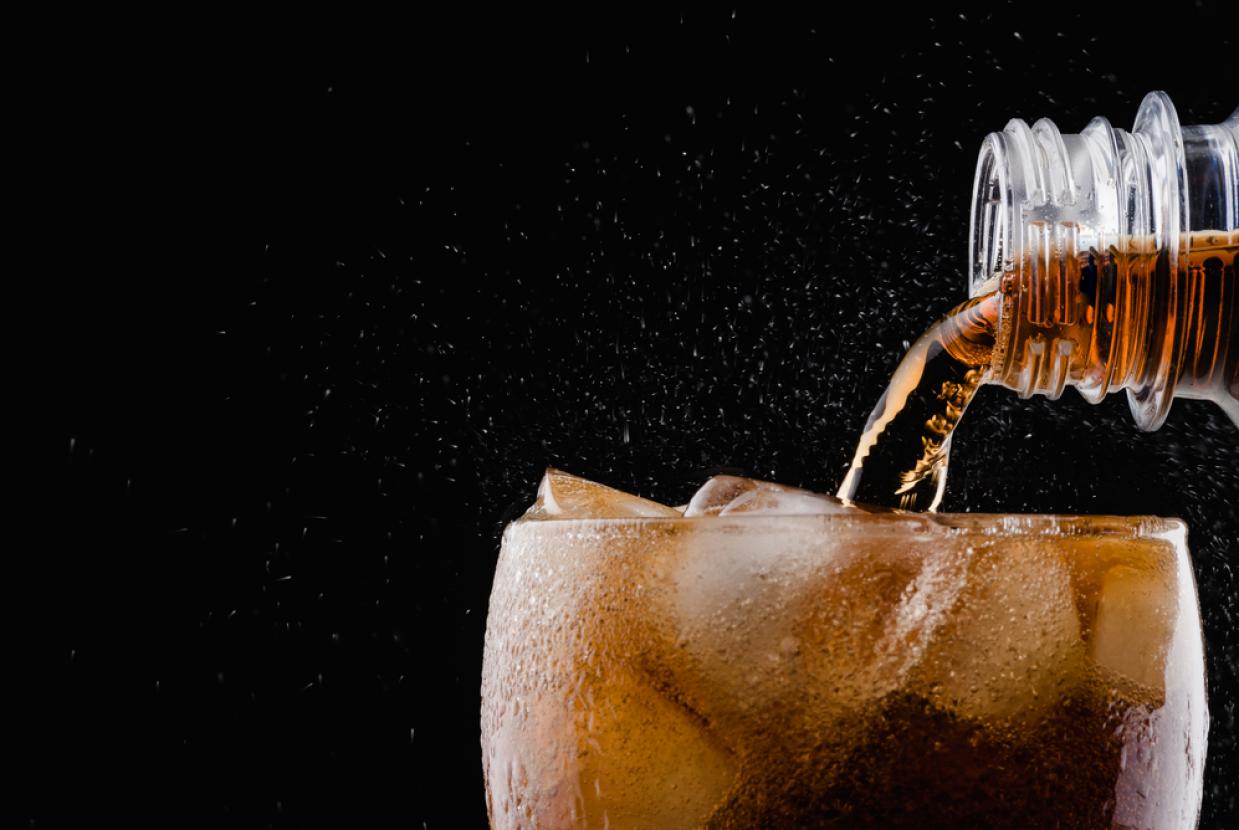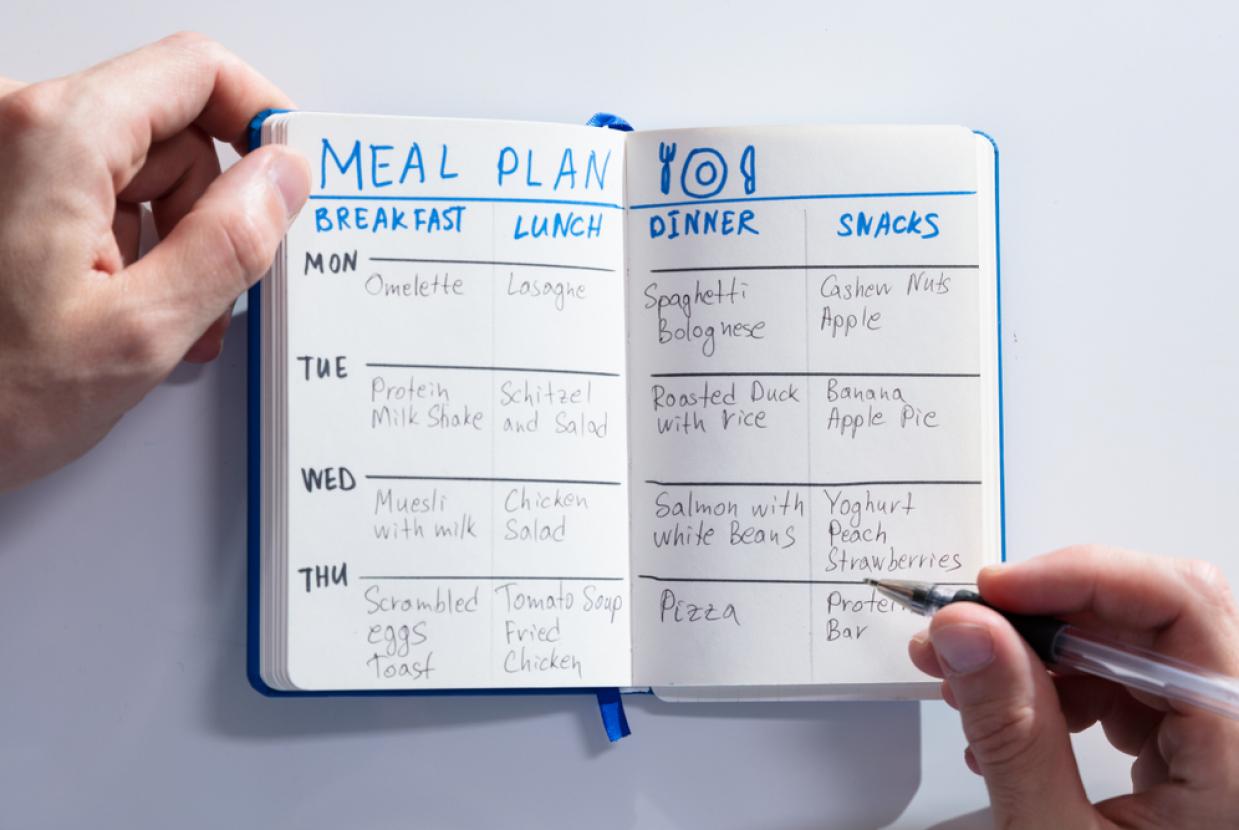The Energy Density Approach To Healthy Eating
Healthy DietEnergy density is the amount of energy (or calories, kcal) per gram of food. Lower energy density foods provide less energy per gram of food – this means that you can have larger, more satisfying portions of these foods for fewer calories.
Research suggests that people feel full according to the amount of food they eat, not the number of calories they take in. This is important as being able to eat a greater amount of food can help keep you feeling full, and you can eat plenty of low energy foods for relatively few calories.
Which foods are lower in energy density?
Foods that have a lot of water or fibre are typically low in energy density. Water in foods can add volume to the meal, helping you to feel fuller, without adding to the calories.
Key facts about energy density
- Energy density is the amount of energy (or calories, kcal) per gram of food.
- By choosing the lower energy density foods, you can eat more food for the same number of calories.
- Foods that have a lot of water or fibre are typically low in energy density
How can I reduce the energy density of my diet?
Foods with high water content
Lower energy density foods include foods that are naturally high in water. Examples of lower energy density foods are fresh fruit and vegetables, foods that absorb water during cooking like pasta, rice and pulses, and dishes with added water such as soups.
Foods containing fibre
Our body cannot fully digest dietary fibre and so dietary fibre provides fewer calories per gram (only 2 kcal per gram) compared to carbohydrate, protein, and fat. Choosing fibre-rich foods can help us feel fuller too.
High-protein foods
High protein foods (such as lean meat, poultry, fish, eggs, pulses) may help decrease hunger and keep us feeling fuller. For sustainability and health, it’s recommended not to eat too much red and processed meat.
Foods that are lower in fat
Reducing the amount of fat you add to dishes when cooking can also lower their energy density. Generally, if you lower the fat content of a recipe you can get a bigger portion for the same number of calories.
Healthy foods with a higher energy density
It’s good to include some of these in your diet. Whilst it’s beneficial for weight control to see where you can make lower energy density food choices, there are some higher energy density foods that are a useful part of a balanced diet. These foods are rich in healthy fats and include nuts, oils and butter.


